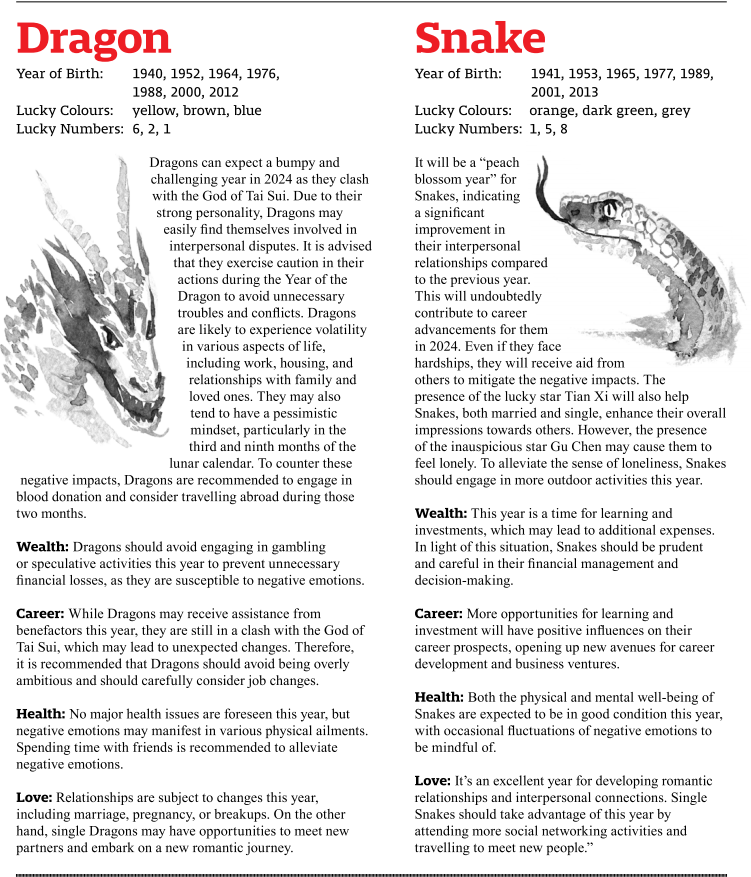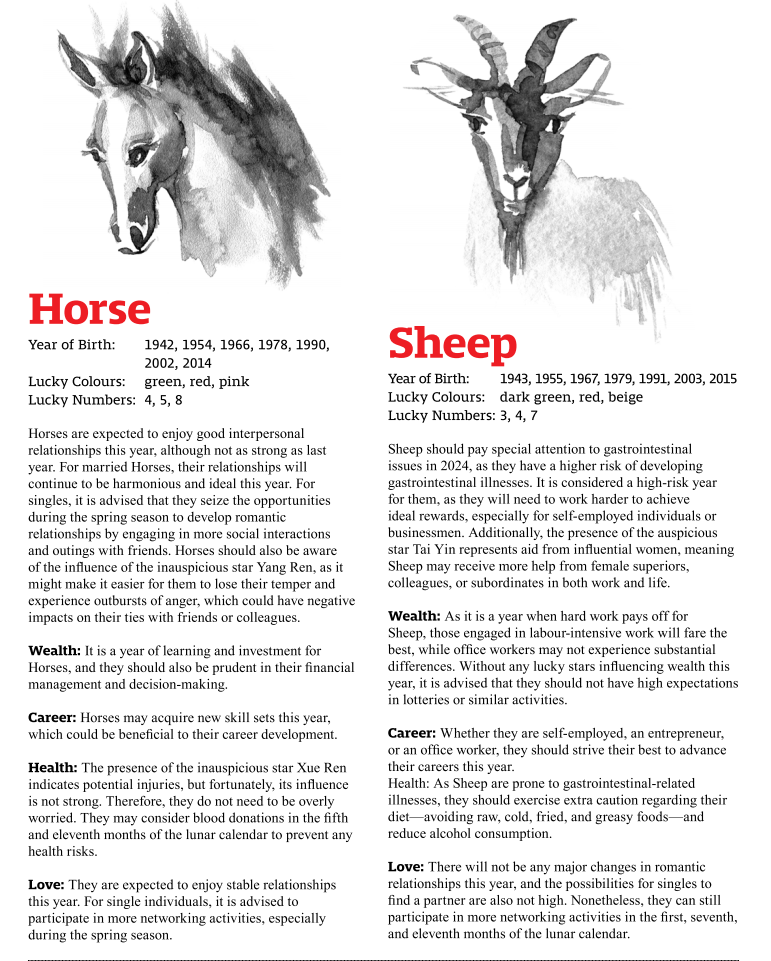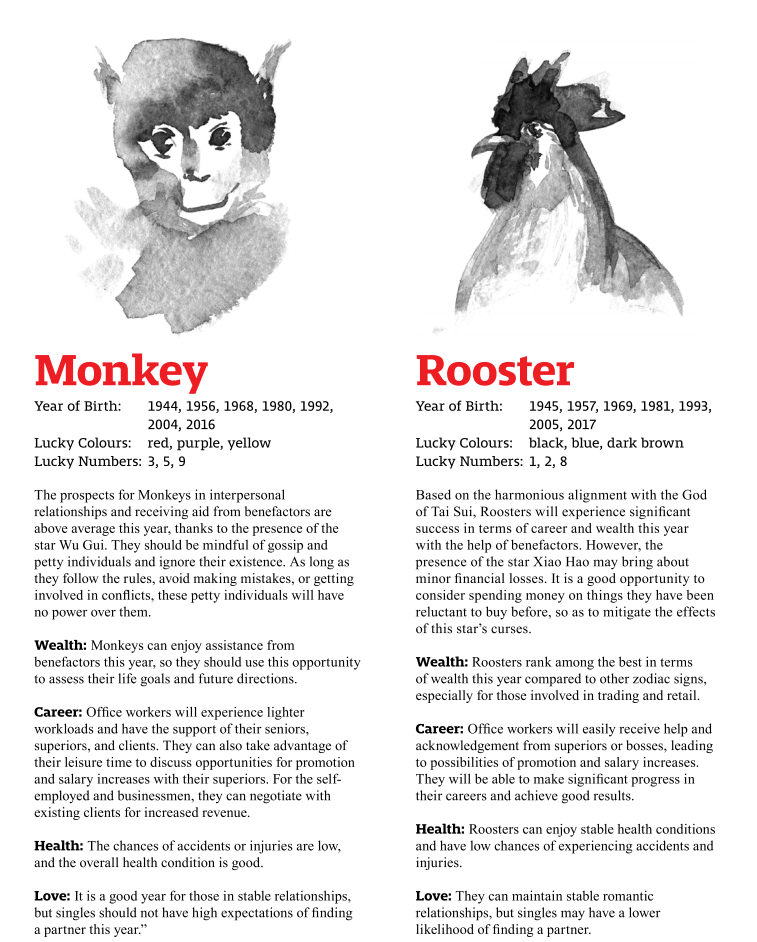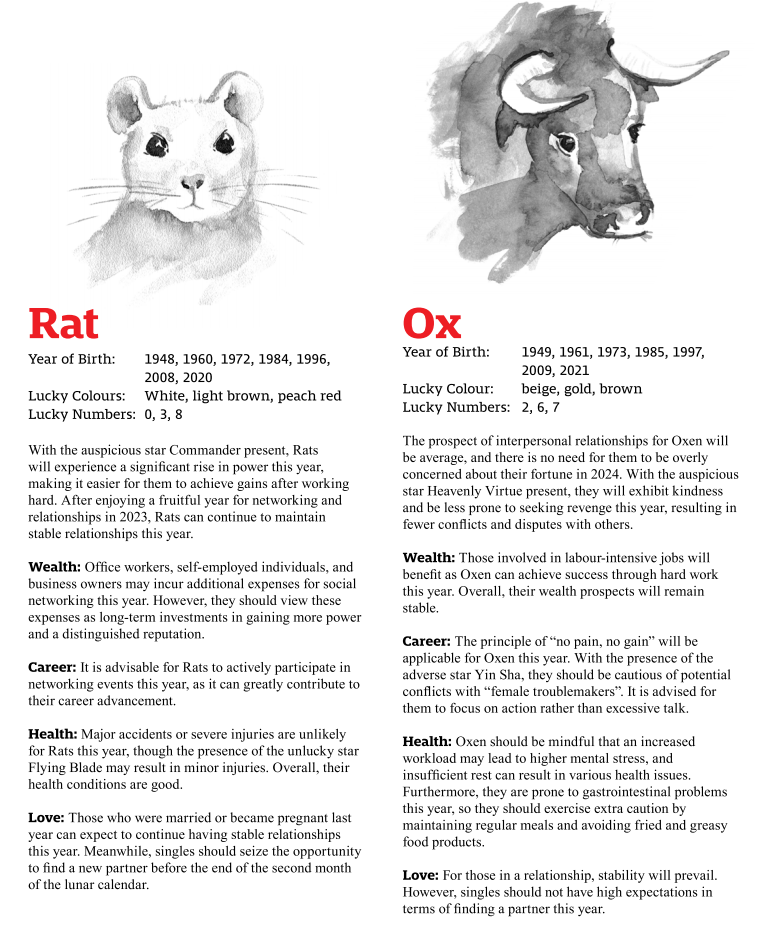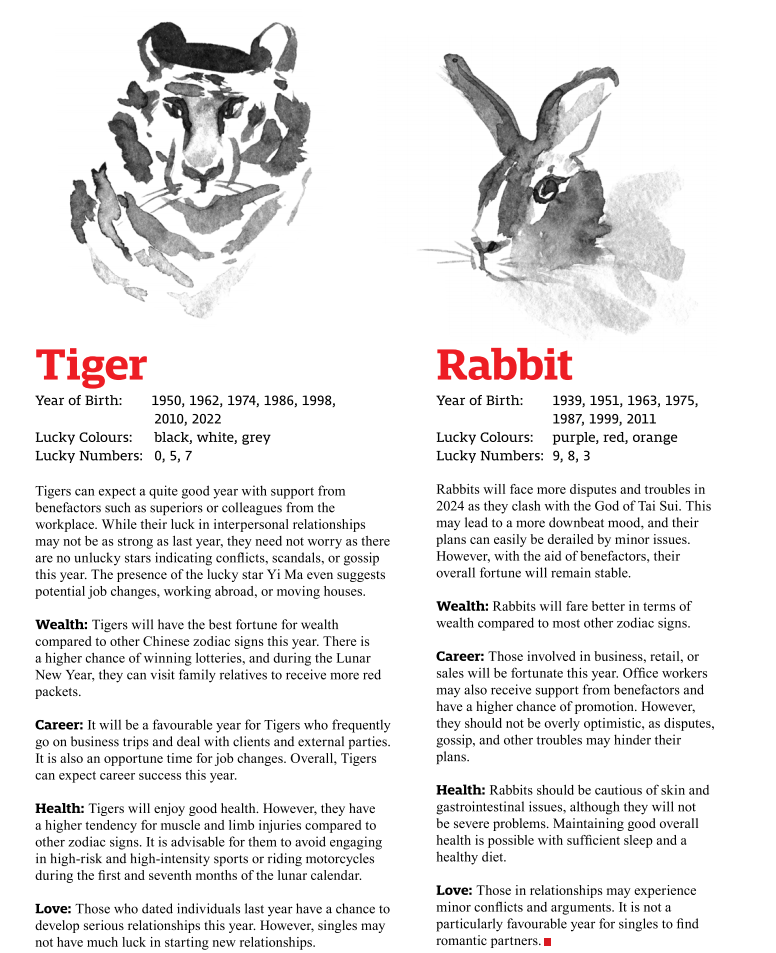Travis Gettys
September 12, 2024

Marianne Williamson (MSNBC)
Former long-shot presidential candidate Marianne Williamson expressed her belief in a conspiracy theory spread by Donald Trump and J.D. Vance about Haitian immigrants.
The self-help author and would-be Democratic challenger suspended her campaign in July after Kamala Harris ascended to the top of the ticket with President Joe Biden's withdrawal, but she placed credence in the GOP ticket's claims that immigrants are stealing and eating pets in Springfield, Ohio.
"Continuing to dump on Trump because of the 'eating cats' issue will create blowback on Nov. 5," Williamson posted on X. "Haitian voodoo is in fact real, and to dismiss the story out-of-hand rather than listen to the citizens of Springfield, Ohio confirms in the minds of many voters the stereotype of Democrats as smug elite jerks who think they’re too smart to listen to anyone outside their own silo."
Local police and the city manager have both offered statements this week debunking claims about the Springfield's immigrant population that appear to have originated two weeks ago with a white supremacist group leader who spoke at a city council meeting.
Drake Berentz, who signed up for public comment using a fake name that's an anagram for a racial slur, was removed from a city council meeting Aug. 27 after making outlandish claims about the city's 10,000 to 15,000 immigrants from Haiti who have legally relocated to the central Ohio city of around 60,000 people.
Vance, who is also a U.S. senator representing the state, passed off those claims this week on social media and Trump repeated them, even after local officials said there's no evidence they're true, during his debate with Kamala Harris — exactly two weeks after the hate group leader made them before city council.
Williamson expressed support during her campaign for legal pathways for immigrants and lamented the hate and vitriol that endanger them.
"Immigrants are not our enemies," her campaign website reads. "This is so important to remember today as immigrants are often viciously scapegoated. Scapegoating immigrants, particularly Mexicans and Central Americans, is a deliberate dehumanization technique. Dehumanizing others has always been the required first step leading toward history’s collective atrocities. This is not the first time dehumanization has reared its head in our nation, and we must stand up against it now as other generations stood up against it in their time."
Trump has been associating immigrants with the fictional cannibal, Dr. Hannibal Lector, and his claims about Haitian immigrants eating pets appears to be rooted in both historic disgust about immigrant foods and hysteria over rare instances of human sacrifices by practitioners of voodoo, which is a syncretism between several traditional religions of West and Central Africa and Roman Catholicism.




